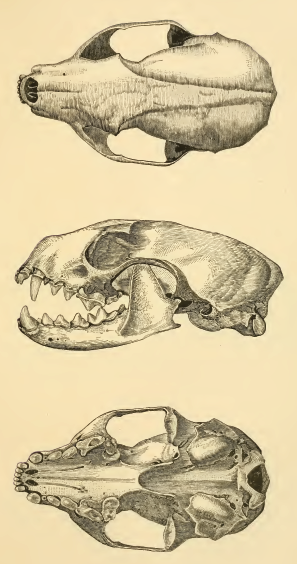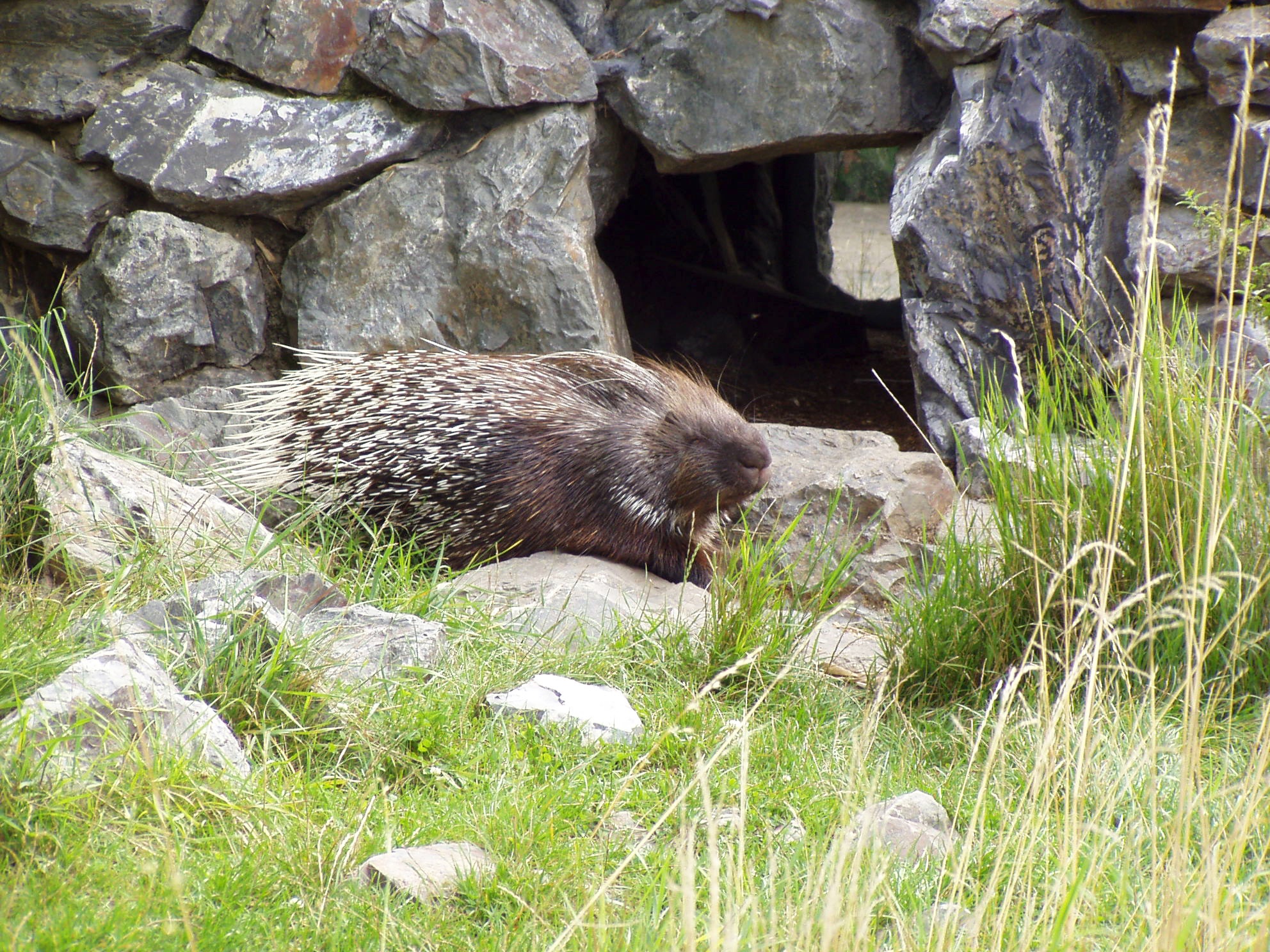|
Karatau Nature Reserve
Karatau Nature Reserve (, ''Qaratau memlekettık tabiği qoryğy'') is a wildlife refuge in the mid-part of the Karatau Mountains, near Kyzylkum, Betpak-Dala and Moiynkum deserts in the South Kazakhstan Region of Kazakhstan, in Central Asia. It was founded in 2004. Its territory is around 34 300 Hectare, ha. Some 700 species of plants constitute its flora, 62 species are Endemism, endemic. Its fauna includes, among others, the Kara Tau argali, Indian crested porcupine and beech marten. There are 118 bird species in the area. External links Karatau Nature Reserve [...More Info...] [...Related Items...] OR: [Wikipedia] [Google] [Baidu] |
South Kazakhstan Region
Turkistan Region, formerly known as South Kazakhstan Region from 1992 to 2018 and Chimkent Region from 1963 to 1991, is the southernmost region of Kazakhstan, bordering Uzbekistan. It had a population of 2,088,510 as of the 2022 Kazakhstan census. The region's capital is Turkistan, formerly Shymkent until 2018. Other cities in the region include Sayram, Kentau, Arys, Shardara, Zhetisai, Saryagash, and Lenger. Geography This region and Atyrau Region are Kazakhstan's two smallest regions; both are about 117,300 square kilometers in area. Turkistan Region borders the neighboring country of Uzbekistan (and is also very near the Uzbekistan capital Tashkent), as well as three other Kazakhstan regions: Karaganda Region (to the north), Kyzylorda Region (to the west), and Jambyl Region (to the east). The Syr Darya passes through the region on its way to the Aral Sea. An oil pipeline runs from Turkmenabat, Turkmenistan to Omsk, Russia (where it connects with a larger, Sibe ... [...More Info...] [...Related Items...] OR: [Wikipedia] [Google] [Baidu] |
Endemism
Endemism is the state of a species being found only in a single defined geographic location, such as an island, state, nation, country or other defined zone; organisms that are indigenous to a place are not endemic to it if they are also found elsewhere. For example, the Cape sugarbird is found exclusively in southwestern South Africa and is therefore said to be ''endemic'' to that particular part of the world. An endemic species can also be referred to as an ''endemism'' or, in scientific literature, as an ''endemite''. Similarly, many species found in the Western ghats of India are examples of endemism. Endemism is an important concept in conservation biology for measuring biodiversity in a particular place and evaluating the risk of extinction for species. Endemism is also of interest in evolutionary biology, because it provides clues about how changes in the environment cause species to undergo range shifts (potentially expanding their range into a larger area or b ... [...More Info...] [...Related Items...] OR: [Wikipedia] [Google] [Baidu] |
Turkistan Region
Turkistan Region, formerly known as South Kazakhstan Region from 1992 to 2018 and Chimkent Region from 1963 to 1991, is the southernmost region of Kazakhstan, bordering Uzbekistan. It had a population of 2,088,510 as of the 2022 Kazakhstan census. The region's capital is Turkistan, formerly Shymkent until 2018. Other cities in the region include Sayram, Kentau, Arys, Shardara, Zhetisai, Saryagash, and Lenger. Geography This region and Atyrau Region are Kazakhstan's two smallest regions; both are about 117,300 square kilometers in area. Turkistan Region borders the neighboring country of Uzbekistan (and is also very near the Uzbekistan capital Tashkent), as well as three other Kazakhstan regions: Karaganda Region (to the north), Kyzylorda Region (to the west), and Jambyl Region (to the east). The Syr Darya passes through the region on its way to the Aral Sea. An oil pipeline runs from Turkmenabat, Turkmenistan to Omsk, Russia (where it connects with a larger, Siberi ... [...More Info...] [...Related Items...] OR: [Wikipedia] [Google] [Baidu] |
Nature Reserves In Kazakhstan ...
This is a list of protected areas of Kazakhstan. National parks Nature reserves * Aksu-Djabagly Nature Reserve * Alakol Nature Reserve * Almaty Nature Reserve * Barsa-Kelmes Nature Reserve *Karatau Nature Reserve *Korgalzhyn Nature Reserve * Markakol Nature Reserve * Naurzum Nature Reserve * Ustyurt Nature Reserve * West Altai Nature Reserve {{Europe topic, Protected areas of, countries_only=yes, UK_only=no * Kazakhstan Protected areas Protected areas Protected areas or conservation areas are locations which receive protection because of their recognized natural or cultural values. Protected areas are those areas in which human presence or the exploitation of natural resources (e.g. firewoo ... [...More Info...] [...Related Items...] OR: [Wikipedia] [Google] [Baidu] |
Bird
Birds are a group of warm-blooded vertebrates constituting the class (biology), class Aves (), characterised by feathers, toothless beaked jaws, the Oviparity, laying of Eggshell, hard-shelled eggs, a high Metabolism, metabolic rate, a four-chambered heart, and a strong yet lightweight Bird skeleton, skeleton. Birds live worldwide and range in size from the bee hummingbird to the common ostrich. There are over 11,000 living species and they are split into 44 Order (biology), orders. More than half are passerine or "perching" birds. Birds have Bird wing, wings whose development varies according to species; the only known groups without wings are the extinct moa and elephant birds. Wings, which are modified forelimbs, gave birds the ability to fly, although further evolution has led to the Flightless bird, loss of flight in some birds, including ratites, penguins, and diverse endemism, endemic island species. The digestive and respiratory systems of birds are also uniquely a ... [...More Info...] [...Related Items...] OR: [Wikipedia] [Google] [Baidu] |
Beech Marten
The beech marten (''Martes foina''), also known as the stone marten, house marten or white breasted marten, is a species of marten native to much of Europe and Central Asia, though it has established a feral population in North America. It is listed as Least Concern on the IUCN Red List on account of its wide distribution, its large population, and its presence in a number of protected areas. It is superficially similar to the European pine marten, but differs from it by its smaller size and habitat preferences. While the pine marten is a forest specialist, the beech marten is a more generalist and adaptable species, occurring in a number of open and forest habitats. Evolution Its most likely ancestor is ''Martes vetus'', which also gave rise to the pine marten. The earliest ''M. vetus'' fossils were found in deposits dated to the Würm glaciation in Lebanon and Israel. The beech marten likely originated in the Near East or southwestern Asia, and may have arrived in Europe by th ... [...More Info...] [...Related Items...] OR: [Wikipedia] [Google] [Baidu] |
Indian Crested Porcupine
The Indian crested porcupine (''Hystrix indica'') is a hystricomorph rodent species native to southern Asia and the Middle East. It is listed as Least Concern on the IUCN Red List. It belongs to the Old World porcupine family, Hystricidae. Description The Indian crested porcupine is a large rodent, weighing . The body (from nose to base of the tail) measures between with the tail adding an additional . The lifespan of Indian crested porcupines in the wild is unknown, however, the oldest known Indian crested porcupine in captivity was female; and lived up to be 27.1 years old. It is covered in multiple layers of modified hair called quills, with longer, thinner quills covering a layer of shorter, thicker ones. The quills are brown or black with alternating white and black bands. They are made of keratin and are relatively flexible. Each quill is connected to a muscle at its base, allowing the porcupine to raise its quills when it feels threatened. The longest quills are locat ... [...More Info...] [...Related Items...] OR: [Wikipedia] [Google] [Baidu] |
Kara Tau Argali
The argali (''Ovis ammon''), also known as the mountain sheep, is a wild sheep native to the highlands of western East Asia, the Himalayas, Tibet, and the Altai Mountains. Description The name 'argali' is the Mongolian word for wild sheep. It is the largest species of wild sheep. Argali stand high at the shoulder and measure long from the head to the base of the tail. The female, or ewe is the smaller sex by a considerable margin, sometimes weighing less than half as much as the male, or ram. The ewes can weigh from and the rams typically from , with a maximum reported mass of . The Pamir argali (also called Marco Polo sheep, for they were first described by that traveler), ''O. a. polii'', is the largest race on average, regularly measuring more than long without the tail, and is less sexually dimorphic in body mass than most other subspecies. The argali has relatively the shortest tail of any wild goat-antelope or sheep, with reported tail lengths of . The general color ... [...More Info...] [...Related Items...] OR: [Wikipedia] [Google] [Baidu] |
Central Asia
Central Asia is a region of Asia consisting of Kazakhstan, Kyrgyzstan, Tajikistan, Turkmenistan, and Uzbekistan. The countries as a group are also colloquially referred to as the "-stans" as all have names ending with the Persian language, Persian suffix "-stan" (meaning ) in both respective native languages and most other languages. The region is bounded by the Caspian Sea to the southwest, European Russia to the northwest, China and Mongolia to the east, Afghanistan and Iran to the south, and Siberia to the north. Together, the five Central Asian countries have a total population of around million. In the pre-Islamic and early Islamic eras ( and earlier) Central Asia was inhabited predominantly by Iranian peoples, populated by Eastern Iranian-speaking Bactrians, Sogdians, Khwarezmian language, Chorasmians, and the semi-nomadic Scythians and Dahae. As the result of Turkic migration, Central Asia also became the homeland for the Kazakhs, Kyrgyzs, Volga Tatars, Tatars, Turkmens, ... [...More Info...] [...Related Items...] OR: [Wikipedia] [Google] [Baidu] |
Kazakhstan
Kazakhstan, officially the Republic of Kazakhstan, is a landlocked country primarily in Central Asia, with a European Kazakhstan, small portion in Eastern Europe. It borders Russia to the Kazakhstan–Russia border, north and west, China to the China–Kazakhstan border, east, Kyrgyzstan to the Kazakhstan–Kyrgyzstan border, southeast, Uzbekistan to the Kazakhstan–Uzbekistan border, south, and Turkmenistan to the Kazakhstan–Turkmenistan border, southwest, with a coastline along the Caspian Sea. Its capital is Astana, while the largest city and leading cultural and commercial hub is Almaty. Kazakhstan is the world's List of countries and dependencies by area, ninth-largest country by land area and the largest landlocked country. Steppe, Hilly plateaus and plains account for nearly half its vast territory, with Upland and lowland, lowlands composing another third; its southern and eastern frontiers are composed of low mountainous regions. Kazakhstan has a population of 20 mi ... [...More Info...] [...Related Items...] OR: [Wikipedia] [Google] [Baidu] |
Moiynkum
Moiynkum (; until 1997 ''Furmanovka'') is a village ''( auyl)'' in southeastern Kazakhstan. It is the seat of Moiynkum District of Jambyl Region. Population: Geography The village is located by the Chu river, to the southeast of lake Kokuydynkol. It lies at the northeastern edge of the Moiynkum Desert. Climate Moiynkum has a steppe climate (Köppen Köppen is a German surname. Notable people with the surname include: * Bernd Köppen (1951–2014), German pianist and composer * Carl Köppen (1833-1907), German military advisor in Meiji era Japan * Edlef Köppen (1893–1939), German author ...: ''BSk''), with hot summers and cold winters. References Populated places in Jambyl Region {{JambylRegion-geo-stub ... [...More Info...] [...Related Items...] OR: [Wikipedia] [Google] [Baidu] |
Betpak-Dala
Betpak-Dala or Betpaqdala (, ''Betpaqdala''; from Turkic ''batpak'', “swampy,” or Persian ''bedbaht'', “unlucky” and Turkic ''dala'', “plain”; Russian: Бетпак-Дала or Сeверная Голодная степь, lit. ''Hungry Steppe'') is a desert zone in the Ulytau, Karaganda, Turkestan, and Zhambyl regions, Kazakhstan. - Great Russian Encyclopedia in 35 volumes / ch. ed. Yu. S. Osipov History In Autumn 2014, English explorer Jamie Bunchuk completed an expedition to cross the Betpak-Dala to its fullest longitudinal extent, from Lake B ...[...More Info...] [...Related Items...] OR: [Wikipedia] [Google] [Baidu] |





